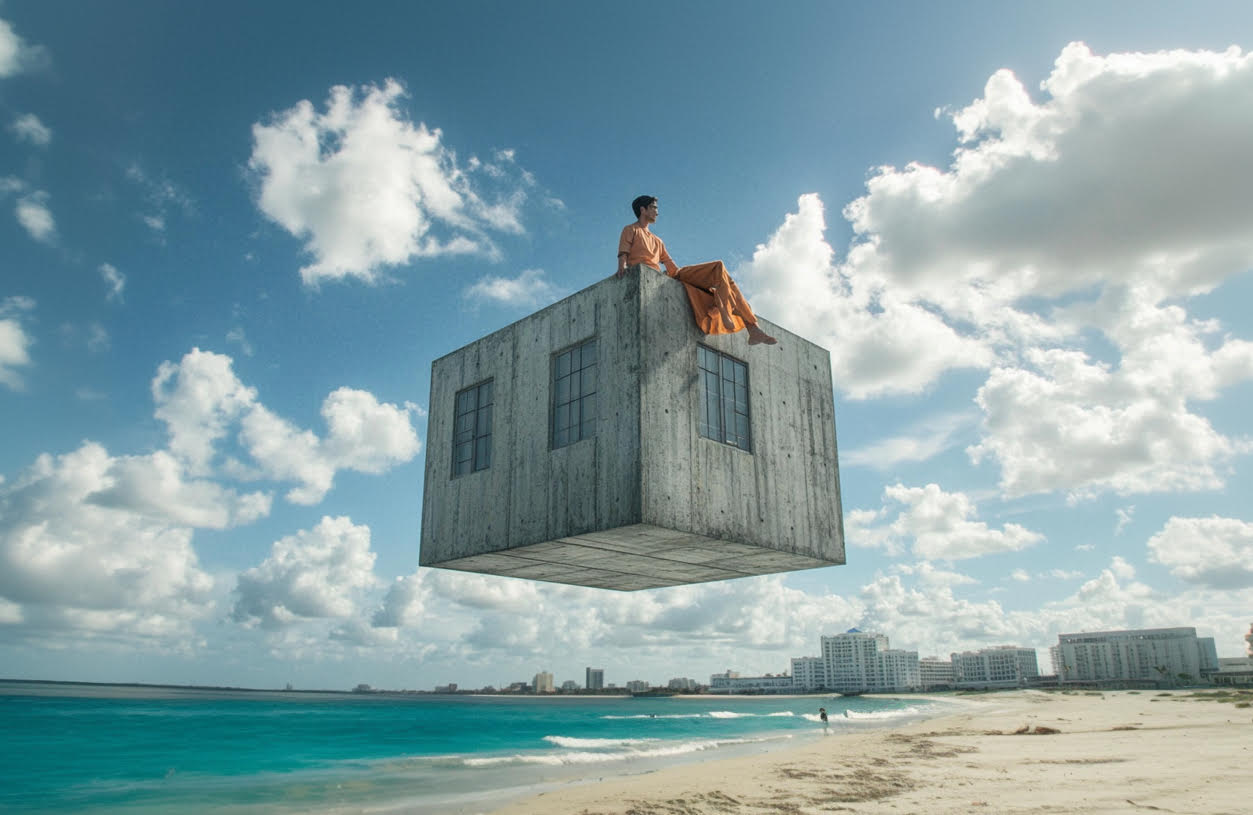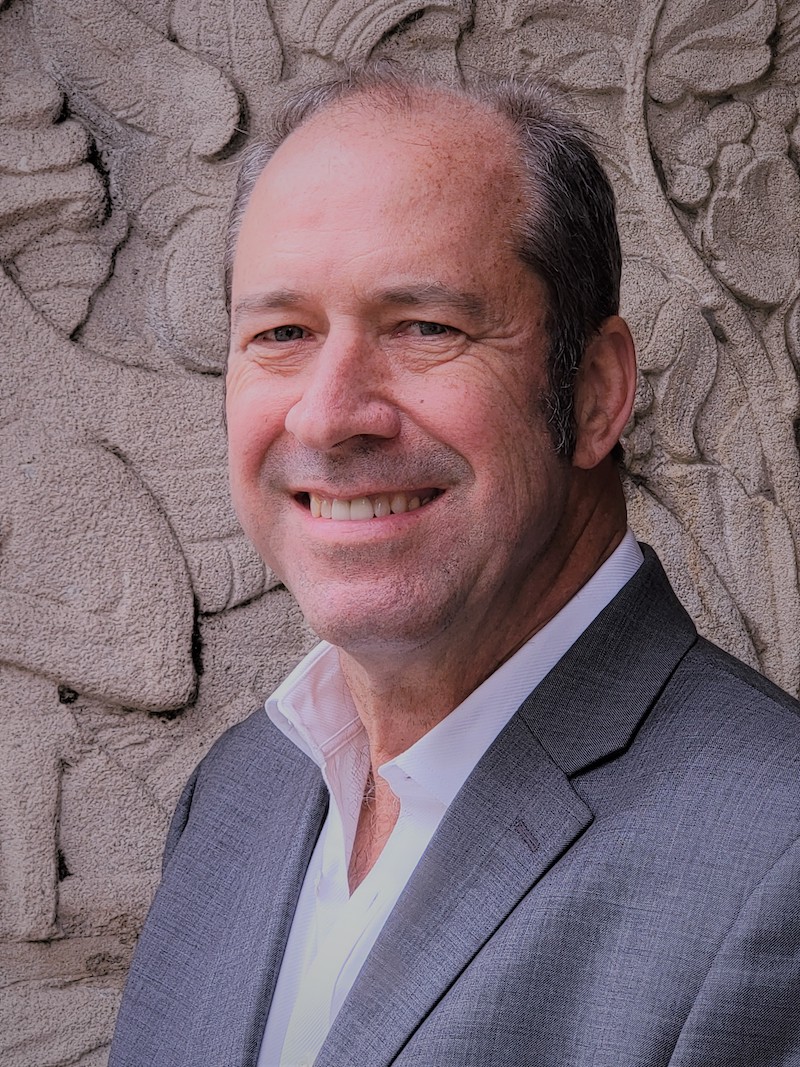
As we write this, the election results are still trickling in. We’ll leave the deep analysis to others, but the reality of our city’s tough challenges looms large, regardless of who sits on the Council.
Our community faces an undeniable, urgent set of problems. The city’s water supply, though adequate for now (due to water purchased from the Metropolitan Water District), is unlikely to withstand an extended drought. Power supply and emergency energy backups remain vulnerable, and the city’s finances are under incredible strain, burdened by pandemic aftershocks and escalating street crime that impacts local businesses—our lifeline for critical tax revenue.
The city continues to be rocked by a $229 million settlement linked to the 10-year Police Athletic League’s sex abuse scandal (with additional claims made recently), alongside a looming pension crisis that jeopardizes our financial foundation. And the city’s seismic reinforcement program for older buildings—designed to safeguard residents’ lives in the next earthquake—is falling behind schedule and struggling with enforcement challenges.
Exacerbating these issues is a surge in the construction of massive new developments, enabled by sweeping state regulations that ignore local laws. These projects drain city resources without adequate state reimbursement, leaving our community to bear the cost.
The new City Council faces a monumental task. The question is, are they prepared to tackle these challenges head-on? Or will the new Council perpetuate the same old policies that, over two decades, led to this situation? Time will tell, and we’ll be here to closely examine the Council’s actions, their effectiveness, and their impact on our local residents. Meanwhile, as a reminder of our mission, we reprint below the founding article from eleven years ago, laying out our core principles and agenda—goals we remain committed to pursuing.
“In late 2013, a group of design professionals met to discuss their concerns regarding the City’s direction. The group took the acronym SM a.r.t. (Santa Monica Architects for a Responsible Tomorrow). They felt it was important, as professionals who worked and lived in Santa Monica, to join a discussion that until now had been dominated by developers and City Staff. They believed that proposed projects and policies currently before the City were often misunderstood due to their complexity and the bias of their presenters.
SM a.r.t.’s intent is to use their professional experience to clarify the issues and provide a framework, or a set of goals, to assist residents in understanding and framing the issues and joining the discussion on the City’s future.
SM a.r.t. evaluates projects and policies based on the extent to which they exemplify the following five goals:
1. To preserve Santa Monica’s “relaxed” beach culture.
Santa Monica’s temperate climate on the Pacific Rim is a defining feature of our City. The cooling sea breezes along our oceanfront have played a big part in the City’s cultural heritage and allure. The City’s “relaxed” style differentiates it from neighboring cities to the east and should be preserved- both for its residents as well as for those who visit each year to escape “the hustle and bustle” of urban life.
2. To maximize light, air, views, and green space.
The views and skyline of our community are disappearing due to high-walled buildings that block the ocean breezes and sunlight inland. We should continue to provide more open space and keep new construction in scale with the existing building stock. New parks and open space should be a priority.
3. To build at a human scale and for family life.
The City’s relaxed, seaside character and human scale plays in an important role in its allure. The currently proposed high-rise developments that dwarf their neighbors will forever redefine the skyline and character of the City. The low-rise residential buildings, that are better suited for families, are being replaced by multi-story projects with fewer bedrooms and little connection to life at ground level.
4. To create a walkable, bikeable and drivable city.
In the great European cities, the pedestrian experience is enhanced with large sidewalks, outdoor cafes, and unique shopping opportunities. The result is a dynamic street life for pedestrians and cyclists that fosters interaction and brings the city to life. If the currently proposed developments move forward, the circulation within the City will continue to deteriorate, increasing delays and frustration for our residents.
5. To be a smart, connected, and sustainable community.
The City has taken a leading role in being a model for sustainable living. California is in the midst of a serious drought and rainfall is at record lows. It is incumbent upon the City to make sure that our resources and facilities are adequate for the current population before allowing more growth. It is absolutely vital that sustainable technologies become part of the City’s energy plan as it prepares for its future.”
Santa Monica Architects for a Responsible Tomorrow
Robert H. Taylor AIA, Architect; Dan Jansenson, Architect & Building and Fire-Life Safety Commission; Thane Roberts, Architect; Mario Fonda-Bonardi AIA, Architect; Samuel Tolkin Architect & Planning Commissioner; Michael Jolly, AIR-CRE; Marie Standing, Jack Hillbrand AIA, Architect













